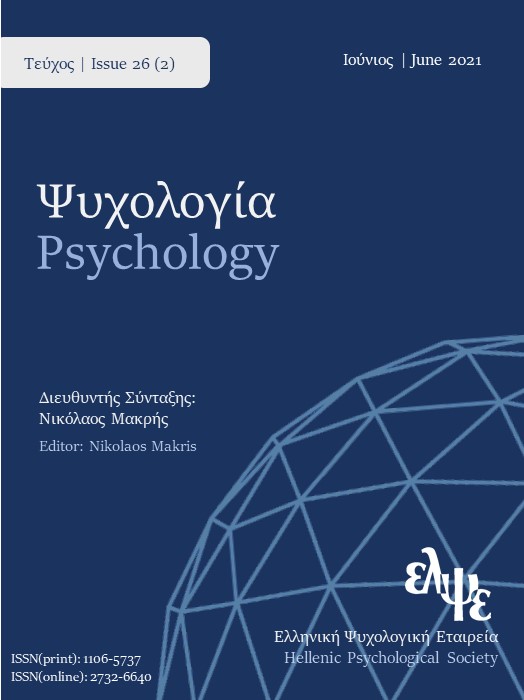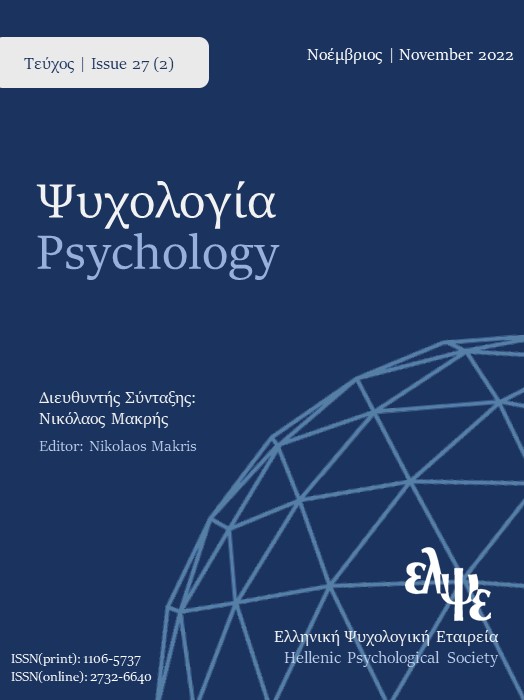Understanding ringleader bullies' socio-motivational characteristics: The role of social goals and functions of aggression.

Abstract
The present study examines the role of social goals of ringleader bullies on school bullying according to Social Information Processing Model as well as the role of proactive and reactive aggression. The sample consisted of 222 fifth-grade and sixth-grade elementary school students from Northern Greece, who completed self-report questionnaires and responded to questions regarding social scenarios of ambiguous intent shown on video. The results showed that boys choose revenge more often than girls. Furthermore, ringleader bullies and ringleader bully followers choose more often, than the uninvolved, revenge as a motive in a social scenario of ambiguous intent. It is noteworthy that ringleader bullies choose more often than ringleader bully followers the social goal of building a relationship, while both ringleader bullies and ringleader bully followers adopt both forms of aggression, proactive and reactive, more than the uninvolved. The findings underline the motivational role of social goals in bullying, contribute to the discussion regarding ringleader bullies’ social cognition and emphasize the necessity of intervention programs focusing on social motives of preadolescent bullies.
Article Details
- How to Cite
-
Kipritsi, E., & Kokkinos, C. M. (2021). Understanding ringleader bullies’ socio-motivational characteristics: The role of social goals and functions of aggression. Psychology: The Journal of the Hellenic Psychological Society, 26(2), 225–246. https://doi.org/10.12681/psy_hps.27038
- Section
- RESEARCH PAPERS

This work is licensed under a Creative Commons Attribution-ShareAlike 4.0 International License.
The journal PSYCHOLOGY adopts a Platinum open-access policy. Submission, processing or publication costs are waived by the Hellenic Psychological Society. Papers published in the journal PSYCHOLOGY are licensed under a 'Creative Commons Attribution-ShareAlike 4.0 International' licence. The authors reserve the copyright of their work and grant the journal the right of its first publication. Third-party licensees are allowed to use the published paper immediately after publication as they wish, provided they retain the defined by the license copyright formalities, regarding the reference to its author(s) and its initial publication in the journal PSYCHOLOGY. Moreover, any adjusted work should be shared under the same reuse rights, so with the same CC license.



